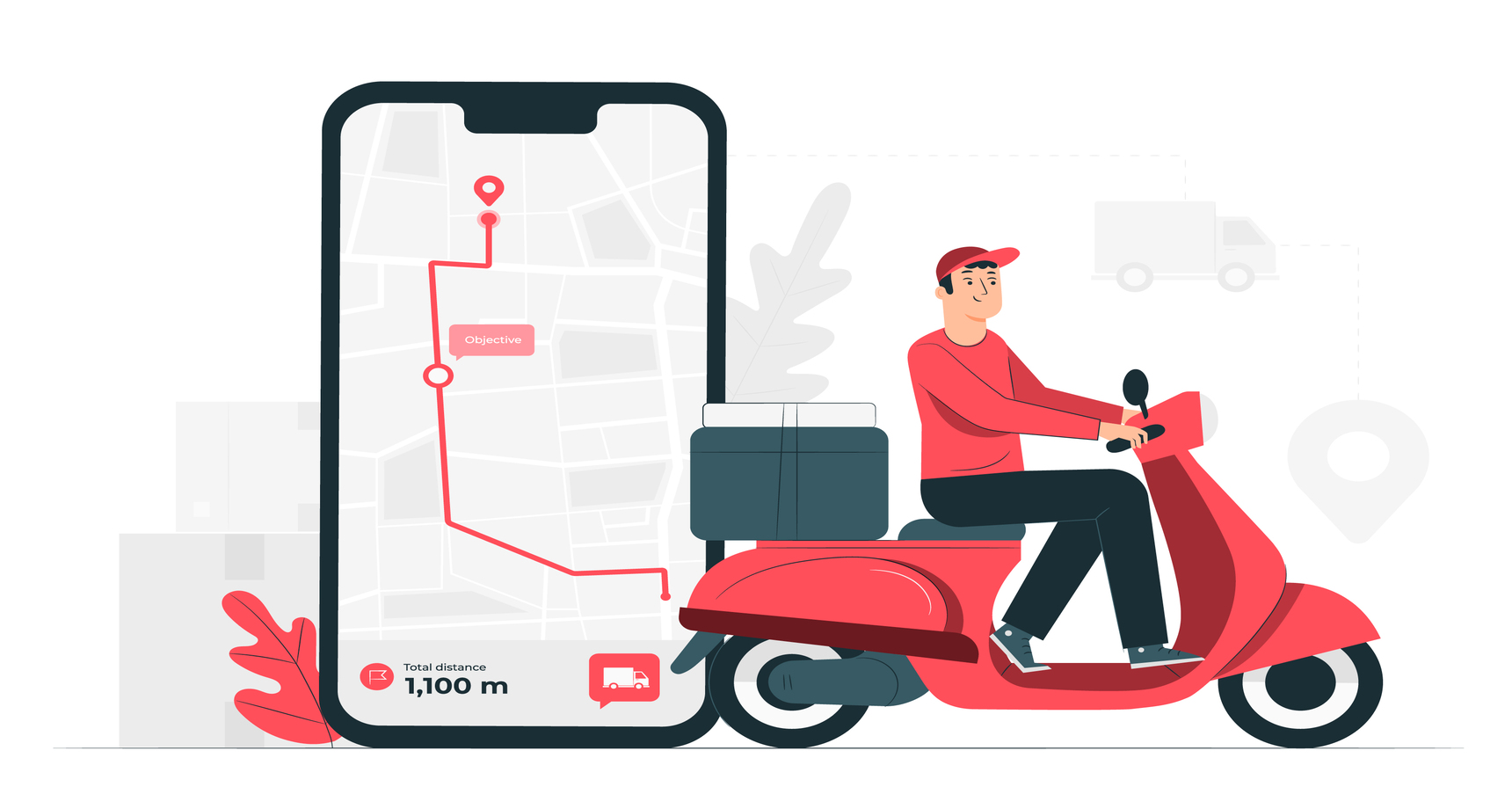As Zomato’s Deepinder Goyal announced his ambitious aim of achieving ultra-fast delivery within 10 min delivery on Twitter, it drew immense flak from netizens. Most stand-up comedians took to their social media handles to make hilarious and sarcastic digs by showing ordering a dish on Zomato’s app but the delivery guy knocks on the door within 10 min to only deliver the ingredients such as vegetables, oil, and spices of that particular dish.
Besides, social media, Zomato’s 10 min food delivery feature has invited criticism from delivery personnel, the restaurant community, and the industry leaders in the ultra-fast delivery space. Delivery partners find that delivering in 10 min is impossible since even delivery within a 1 km radius takes 15-min, in addition to this the skyrocketing of fuel prices and food consumes a significant Rs 300-350 of their meagre daily earnings and will leave them with a net income of Rs 550-600.
Hotel owners who serve momos and biriyani found the 10-min delivery to be far-stretched since proper packaging and preparation of dishes alone takes a good 4-5 minutes leaving only 5 min for the delivery guy to deliver, which also raises safety, rash driving concerns, and undue stress to achieve the same.
Pros and Cons of Zomato’s 10 min ultra fast delivery
Pros
Quick deliveries do not mean equal rash or fast driving
To many, the 10 min delivery promise seems to be a marketing gimmick. When we hear about faster deliveries we perceive an Indian road to be full of traffic jams. But, Zomato is exploring several models where it will utilise warehouses of its B2B supplies or rent out new facilities. It is exploring possibilities where restaurants can supply and select menu items directly by partnering with multiple restaurant partners and cloud kitchen companies located near the locality. This reduces the time to deliver.
Data will help in faster deliveries
Data will help Zomato realise its dream of faster deliveries. The data set from the restaurants and locality will help Zomato accurately predict the kind of food dishes that might get sold where and when in the future. The acquisition of Blinkit (formerly Grofers) will help the food aggregator effectively capitalise on the customer data generated from buying groceries through the app. Moreover, the ambitious plan can be brought to fruition if Zomato has the required technical expertise and back-end tools for effectively capitalising on the pool of logistics which already exists and delivering food within 10 minutes.
‘‘
According to NewVoiceMedia’s report, poor customer service in a business costs losses worth $75 billion annually.
Cons
Deterioration in food quality
The concept of faster deliveries is a foreign one that more appropriately suits the American audience. The American culinary consists of salads that require minimum usage of heating and cooking.
In addition to this, there is a high probability that in a hurry to reduce the food preparation time the food might not be freshly prepared but stored in a half-cooked state until the order comes in. Pre-cooked or pre-stored food is repeatedly heated loses its nutritive value and aroma thereby compromising the food quality.
Putting Zomato in a bad light
The visible cons of this quick delivery are the concern for road safety and human life. Post pandemic people appreciate businesses that are socially and environmentally conscious than ventures reckless and indifferent about their employees. Consumers want to remain loyal to companies that are honestly doing the legwork of giving back to society and putting people first. Moments after Zomato gave this announcement, Twitter caught fire with Zomato’s criticism that positioned it as being insensitive, and devoid of compassion.
In the quick delivery space, Zomato is not the only company wanting to enter. Dunzo, Swiggy Instamart, and Zepto do deliver within 10 -20 minutes for most items. However, for Zomato what is to be observed is the ticket size per delivery since a small ticket size would make the model difficult to sustain. Although companies claim that they do not incentivise faster deliveries but the fact remains unchanged since most delivery people would like to rush to achieve maximum deliveries a day. Such platforms should increase the minimum income of delivery personnel. Also, the model seems to be burning investor’s money unless a premium is charged. With the emerging fast-paced lifestyle, the 10 min model will stay, but the question raises about the model’s profitability and its ability to sustain itself.




